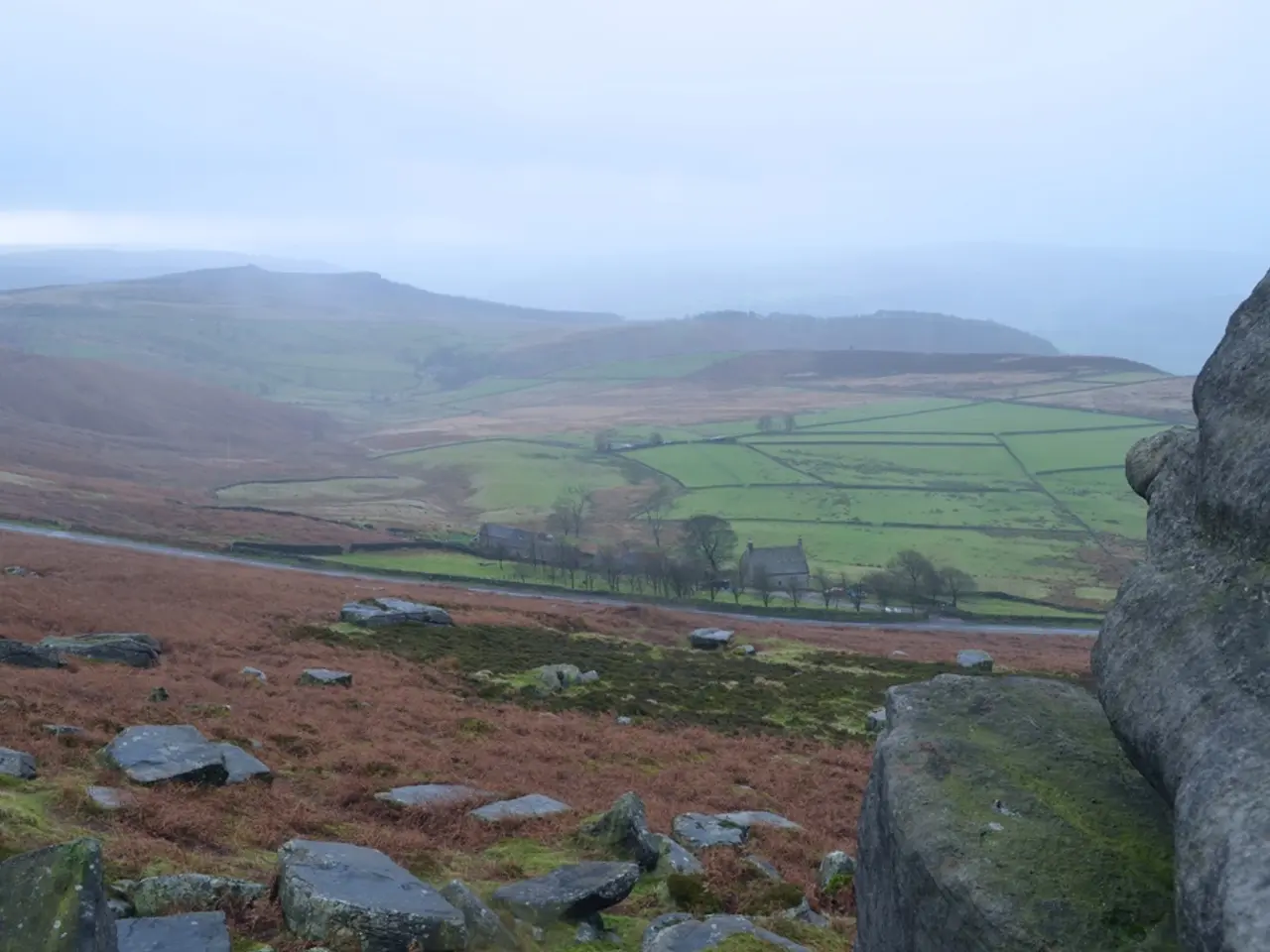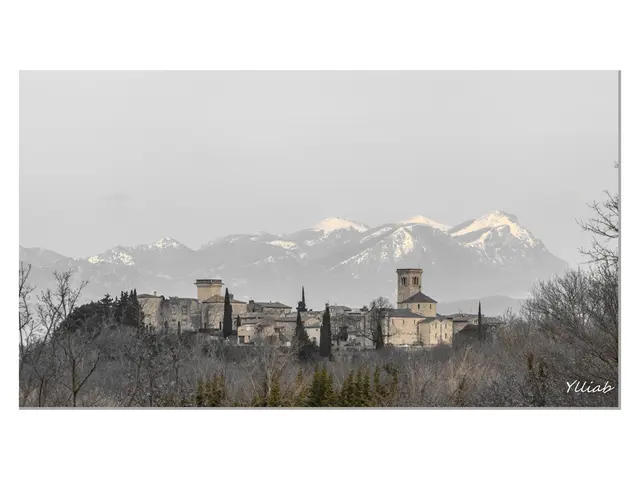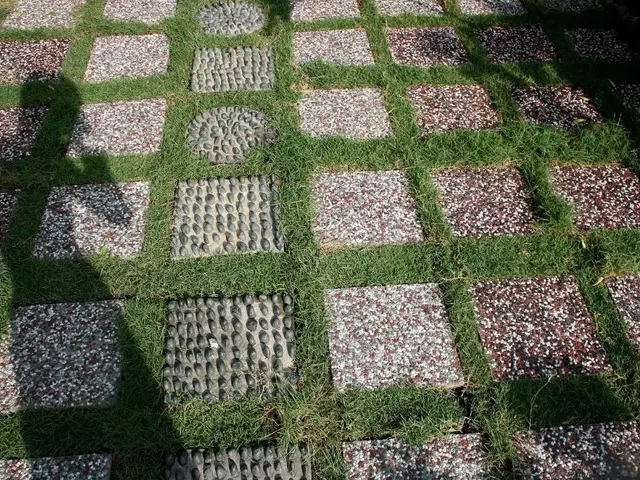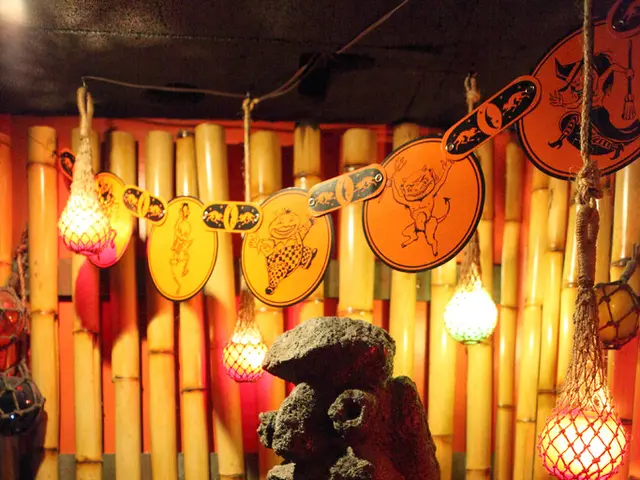Seven Strategies for Inciting Awe in Cultural Discovery via Natural Strolls
Exploring the rich tapestry of America's past is an enlightening experience, and nowhere is this more evident than in the journey through Indigenous heritage sites. These historical landmarks offer a profound insight into the lives and cultures of Native American communities, providing a unique opportunity to learn about the country's earliest inhabitants.
One such site is the Chaco Culture National Historical Park in New Mexico, renowned for its pre-Columbian ruins and architectural achievements of the Ancestral Puebloan people. The park offers extensive trails, allowing visitors to delve into the cultural remains of the Chacoan civilization.
Another significant site is Town Creek Indian Mound in North Carolina, which provides a glimpse into 11th-century Indigenous culture in the Pee Dee River Valley. This site features a prominent earthen mound and offers valuable insights into the political and cultural practices of the region's ancient inhabitants.
Desert View at Grand Canyon National Park is another noteworthy location. This area is a significant gathering place for Native American tribes and offers a glimpse into the cultural heritage of the region. The Tusayan Ruin and Museum, inspired by Ancestral Puebloan architecture, are must-visit attractions.
Beyond these sites, there are various cultural exploration ideas for nature walks. El Camino Real de Tierra Adentro, a 1,600-mile route connecting Mexico City to Santa Fe, New Mexico, offers a historical pathway that traversed many Indigenous communities. This route provides a great way to experience multicultural and historical landscapes.
Occaneechi Village Replica Site near Chapel Hill, North Carolina, allows visitors to explore the history and daily life of the Occaneechi people through a recreated village setting. Guided walks can provide insights into their agricultural practices, traditional crafts, and cultural traditions.
In addition to these walks, cultural immersion activities like attending cultural demonstrations, using Native Land Maps, engaging with local tribes, and participating in ethnobotany walks or workshops led by tribal educators, can help deepen understanding and appreciation of indigenous cultures.
Visiting these sites transforms family nature walks into profound cultural learning experiences. Settlement patterns can be observed by noticing where pioneers established towns and farming communities. Ancient commerce paths reveal fascinating stories of human movement and cultural exchange, while traditional crafts emerge naturally from rural environments where communities used local materials for both practical and artistic purposes.
It's important to follow posted guidelines and tribal protocols when visiting indigenous sites. Park services and nature preserves often partner with local tribes to offer guided tours or interpretive programs, ensuring a respectful and educational experience for all.
Every trail holds layers of human history, from ancient indigenous practices to colonial settlements. Remnants of old transportation infrastructure, natural landmarks, and cultural markers can be found during nature walks, making each journey a unique adventure.
From the grandeur of the Chaco Culture National Historical Park to the tranquil beauty of Town Creek Indian Mound, and the rich cultural immersion experiences offered by sites like Desert View at Grand Canyon National Park and Occaneechi Village Replica Site, exploring Indigenous heritage sites is a powerful and educational experience that offers a deeper understanding of America's past and the vibrant cultural history of Native American communities.
Expanding your journey beyond these historical landmarks, the home-and-garden scene offers a similar enlightenment through educational gardens devoted to Native American flora and agriculture. The Longhouse Reserve in New York, for instance, showcases the plants used by various Native American tribes for food, medicinal, and spiritual purposes.
For those seeking self-development and broadening their horizons, cultural-travel opportunities remain abundant. As you traverse El Camino Real de Tierra Adentro, immerse yourself in the art, music, and gastronomy of the Indigenous communities, turning a travel itinerary into a transformative personal growth journey.








